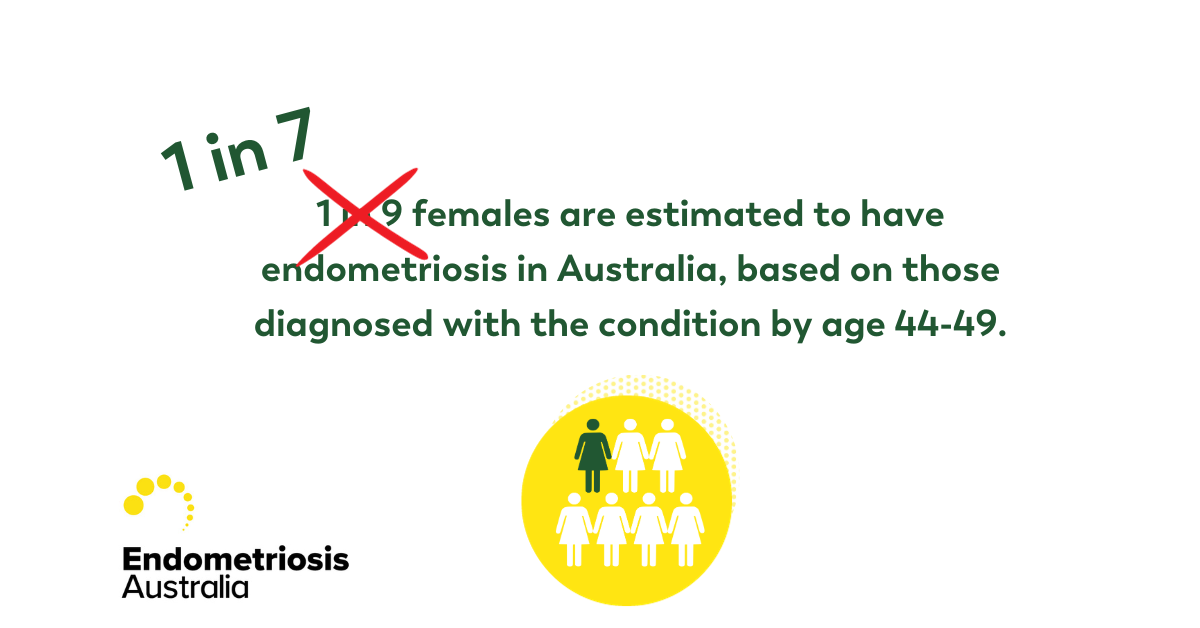Written by the Endometriosis Australia Clinical Advisory Committee
Pain is a complex phenomenon! Researchers are finding out more and more about it every day, however there is still so much we don’t know. One thing we do know for sure is that managing pain starts with understanding pain as an experience. Even more than this, understanding pain has been shown to improve your function despite your pain. Pain knowledge, is really power over your own pain management!
What is pain?
If you were to try and explain pain, how would you do it? Is it an injury? Not always. Is it always the same feeling? No. How can it make you feel angry, sad or frustrated? Pain is multifaceted and therefore the management of pain needs to be as well.
The current proposed definition of pain is An aversive sensory and emotional experience typically caused by, or resembling that caused by, actual or potential tissue injury (International Association for the study of pain).
In other words, pain is a process modified and maintained by a combination of biological, psychological and social factors. It is a constant loop of what we have already learnt about pain through life experience, and how our body systems process the information they receive.
Let’s think about a painful experience in two different situations. Someone treads really hard on your foot. This always hurts and my first response is usually a few choice words! However, I want you to think of two different situations. Imagine, first you are in the middle of a crowd listening to your all-time favourite band having a great time. Your most loved song comes on and the crowd goes wild dancing and in the midst of the frenzy your friend treads on your foot. In the second example you are standing in the middle of a crowded bus on the way to work, the person next to you is rude and blamed you for being in the way. The same person then treads on your foot as they shout abuse at you! It’s the same foot, the same pressure and the same nerves relaying the messages, but one feels much worse than the other. This is a simple example of how the level of pain a person feels is influenced by context and emotions.
Pain is always real and your experience of pain should always be heard and respected.
Our bodies and brain are incredibly smart. Humans are designed to use pain as a response to adapt to our environment i.e. our body wants to make sure we don’t do things to injure it! However, in ongoing or persistent pain the protective responses become higher and higher and can become disproportionate to the potential damage. Treatment therefore needs to create a new way of your body to respond differently. We can build up and reinforce negative response systems but similarly we can re-learn new positive responses, but it takes practice and patience.
What could be happening in pelvic pain?
Pelvic pain is a great example of how complex pain can be. We know pelvic pain is not simply related to structural (biological) problems, seen clearly by that fact the amount of endometriosis (or adenomyosis) does not correlate with the level of pain a person can experience. Also, if it was “just” the tissue, removing it should reduce the pain, but again this is not always the case. Pelvic pain can also affect your mood, concentration, social interaction and fatigue which can then loop back to worsen your pain.
A typical timeline for pelvic pain can begin in your teens as the body is exposed to repeated inflammation of both menstruation and the inflammatory and immune responses related to endometriosis. If every month this loop replays the body will start to pay attention, because it is incredible in its capacity to adapt! The body wants to protect you, so it ramps up its defence systems which include the nervous, immune and muscular systems. Our memories, thoughts and feelings (and of those around us), and quality of sleep influence these systems and therefore our pain.
In addition the structures in our pelvis are all really close together, and often share the same nerve pathways. This means if one structure/ tissues are edgy, they can make others edgy too. The muscles of the pelvis, back and hips can be overactive in response to this threat. The pelvic organs including the bladder, bowel and uterus can become increasingly sensitive to relatively normal inputs. The more this “program” is repeated, the more the body remembers these responses leading to a high state of protection that is hard to switch off.

What do I do now?
You are now armed with information that pain is real but is influenced by more than just structural things like cysts or endometrial deposits. Of course removing or improving the structural issues can reduce the amount of aggravating information your body has to process, but it is important to address the other effects like muscular and nerve pain, as well as the non-structural influences like sleep, thoughts, feelings and emotions.
Persistent pain requires an approach to re-learn the sensitised and altered responses. The best news is you can start right now! A great person to talk to is a GP with up-to-date pain knowledge who can help you to build a team that will address the factors we mentioned above. This may include a gynaecologist, a pain specialist, dietician, a psychologist or a physiotherapist.
A physiotherapist who specialises in pelvic pain will use education, muscle re-training and manual therapy techniques to reduce the sensitivity to help you better manage your pain. Our next blog will focus on what strategies a physiotherapist can help you develop for your pelvic pain.
Written by,
Alexandra Diggles and Ruth Schubert, physiotherapists











